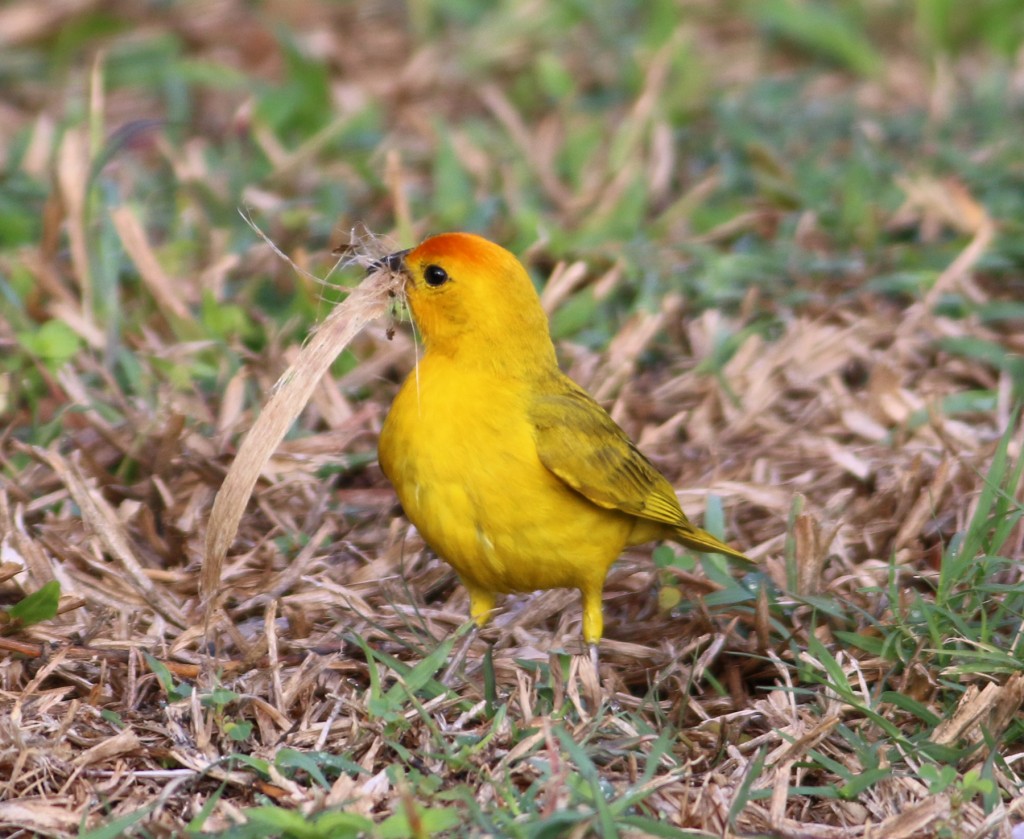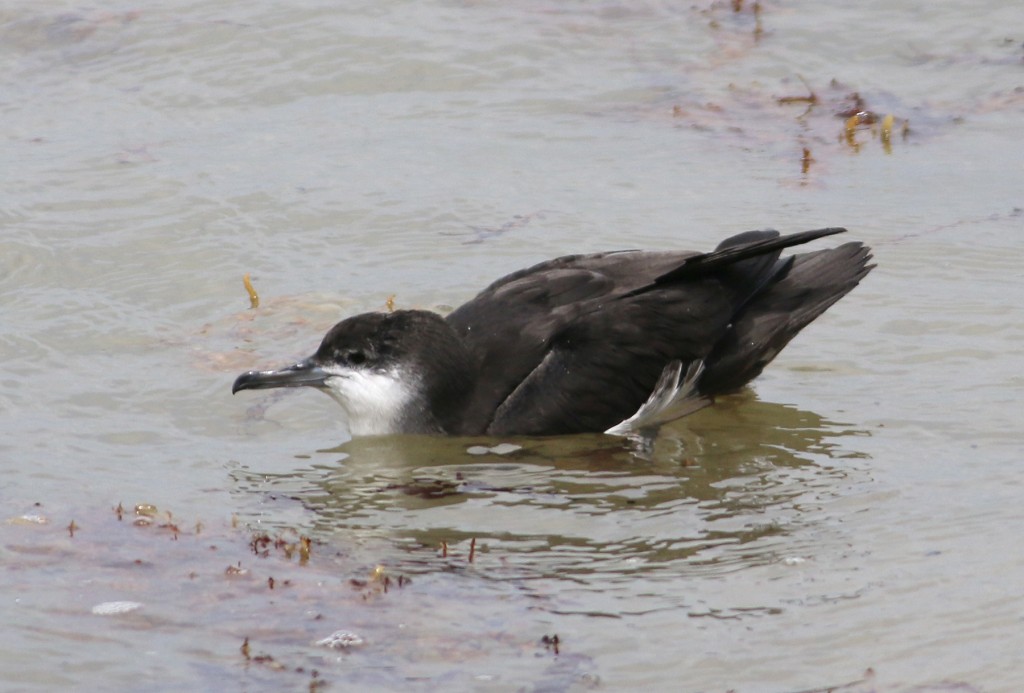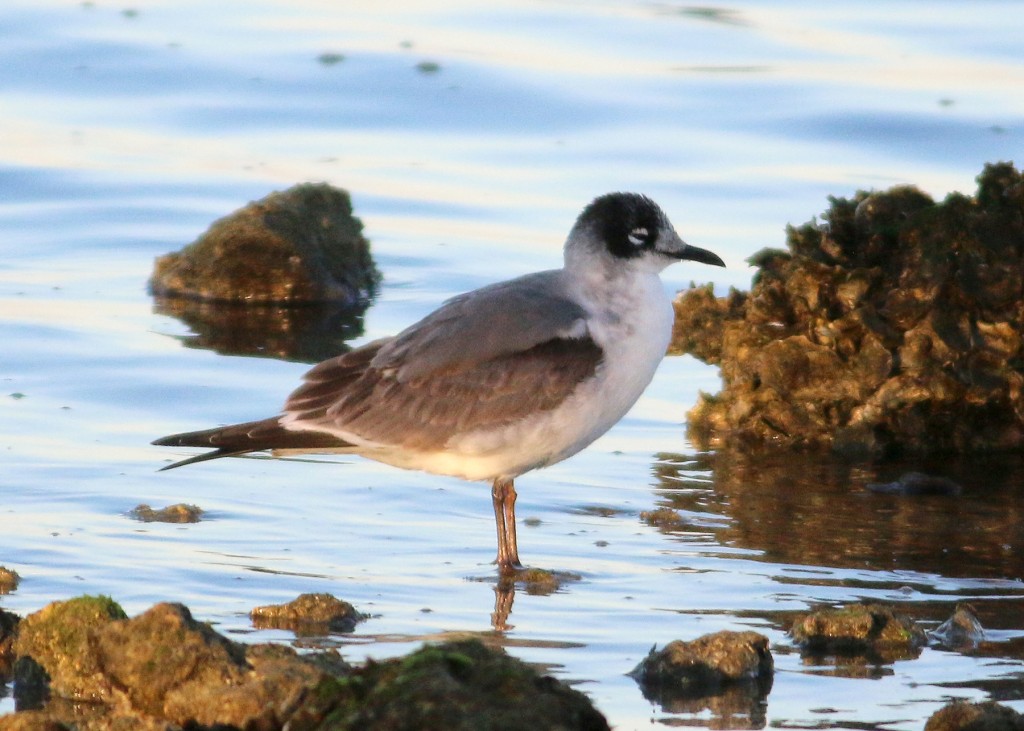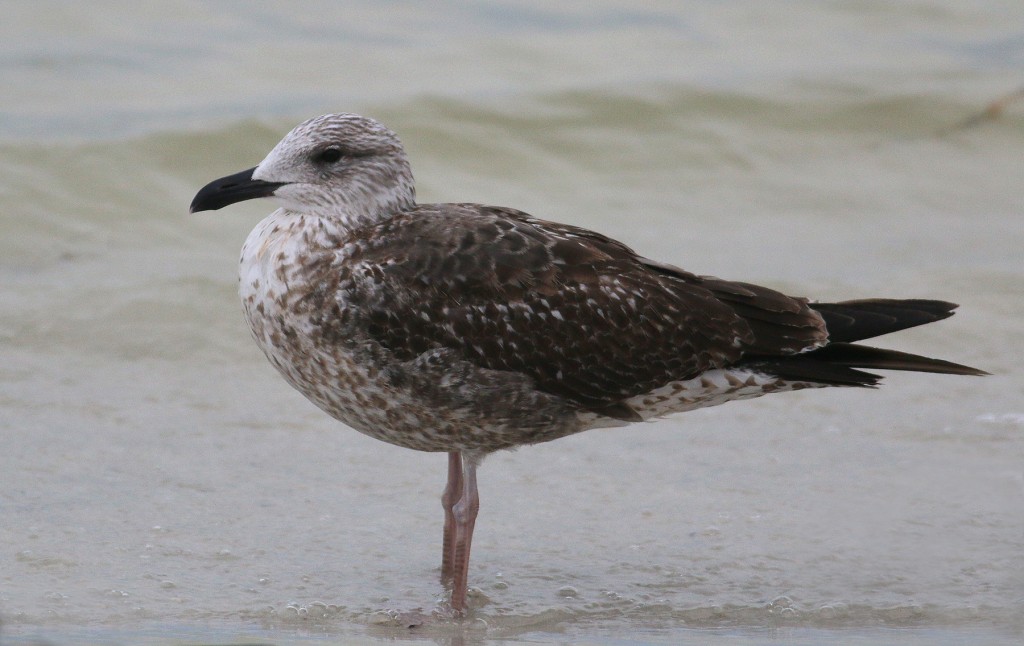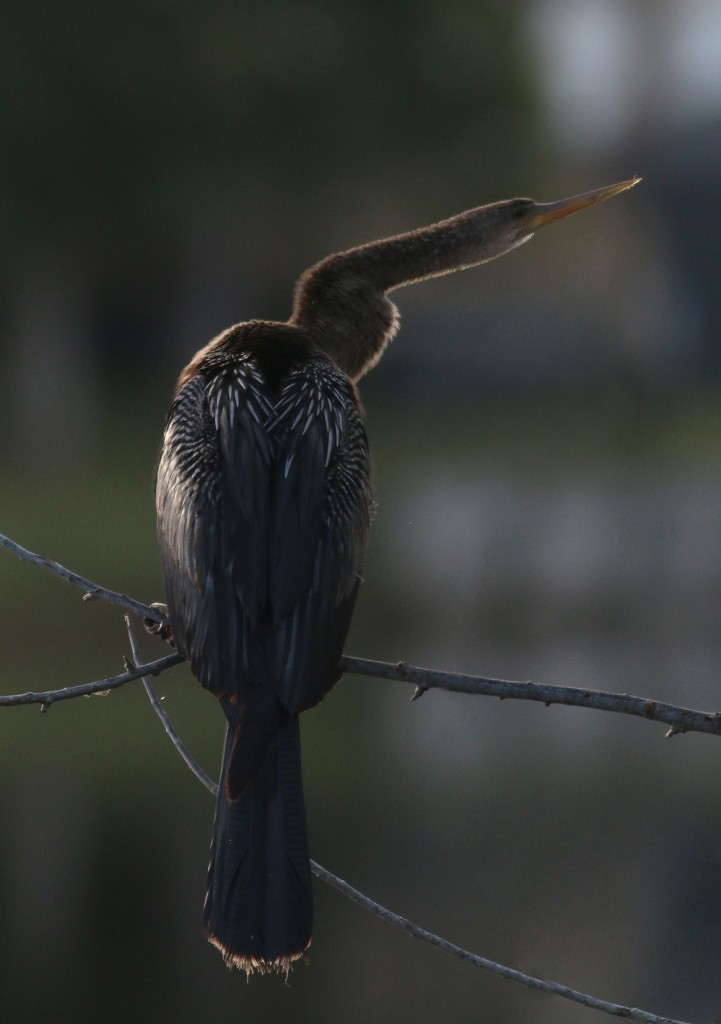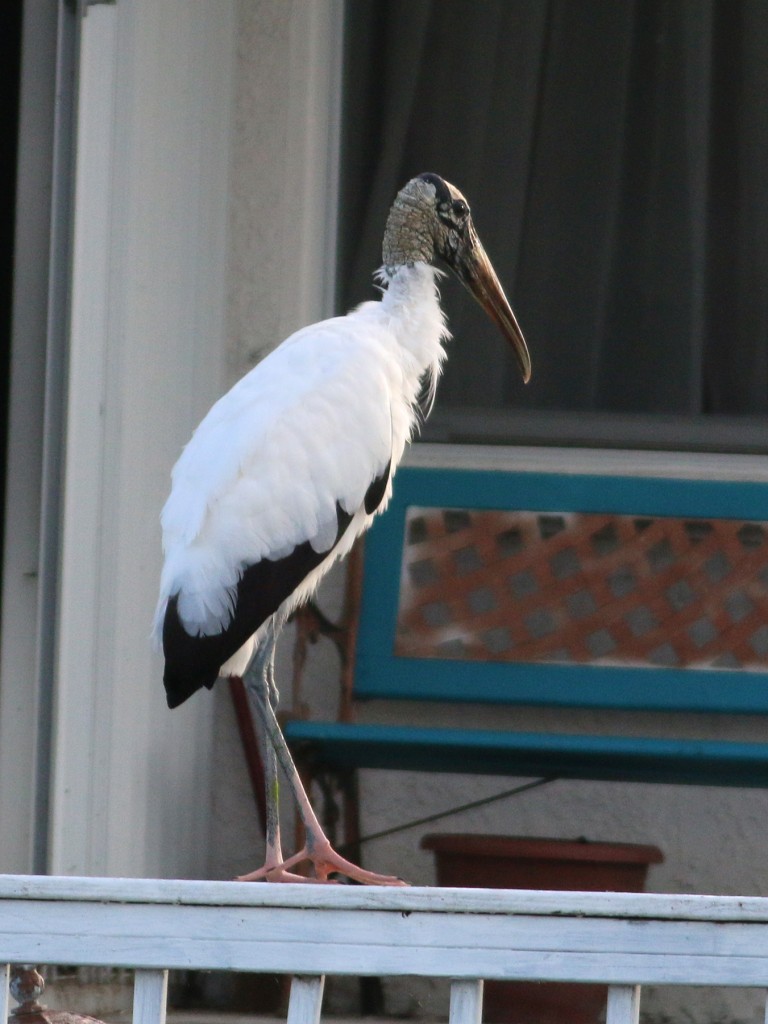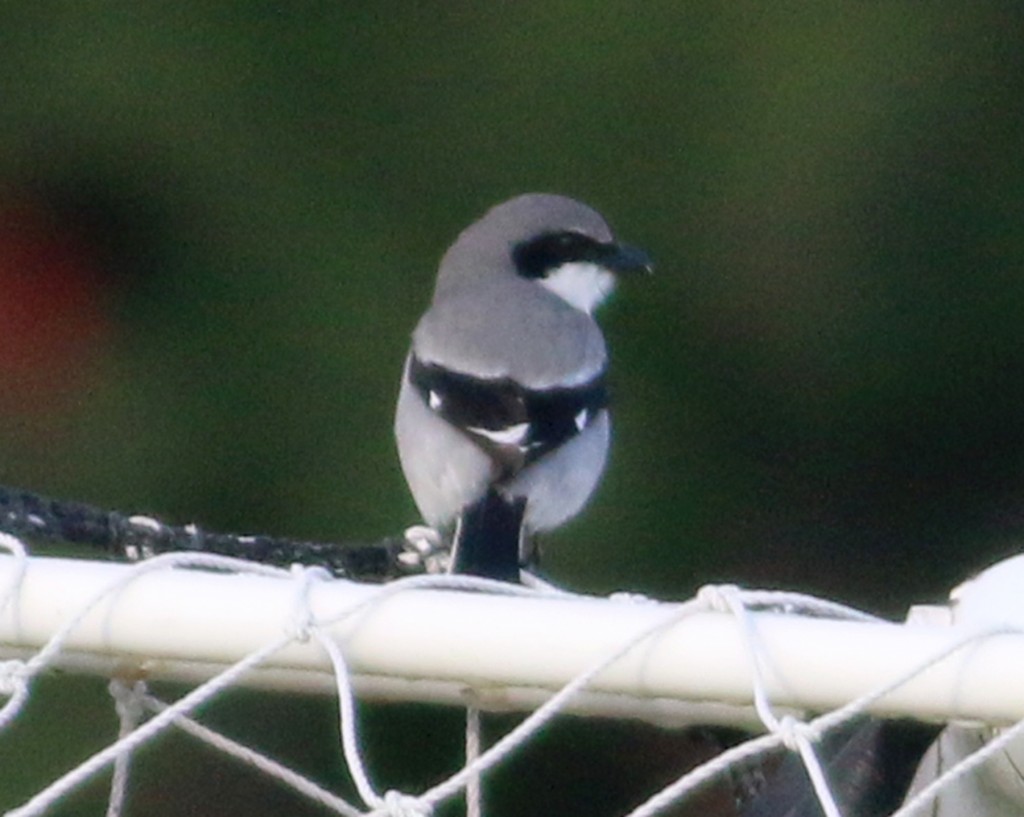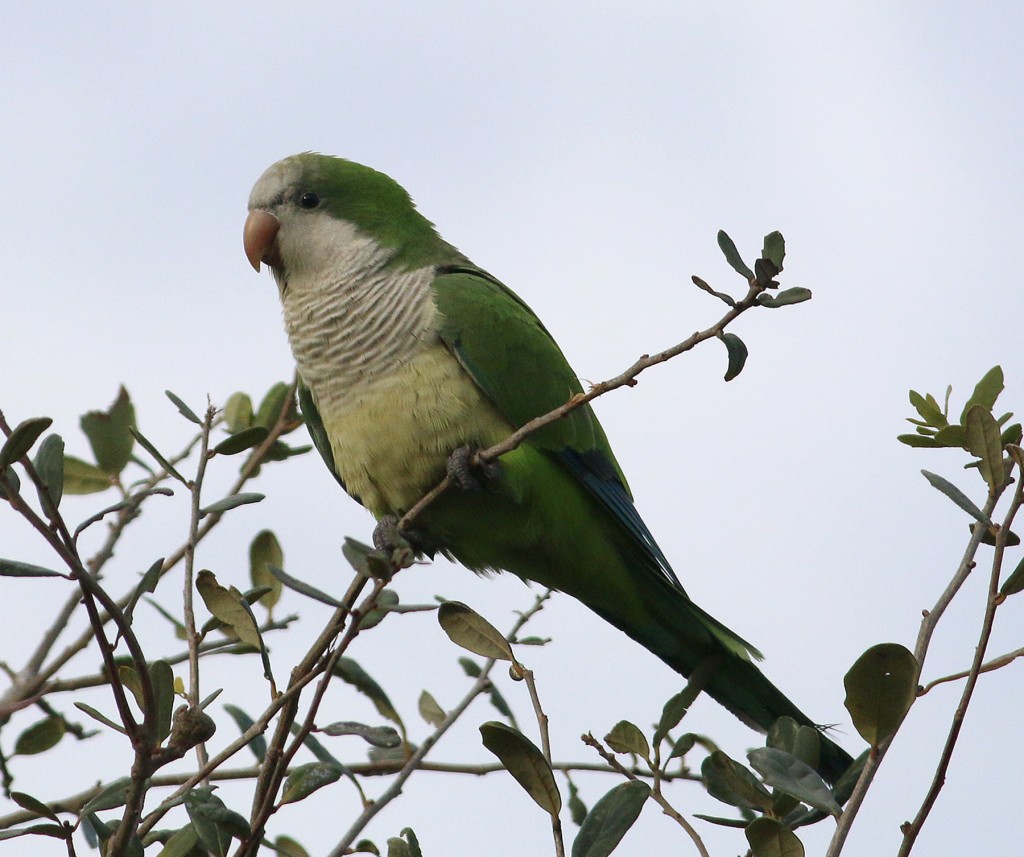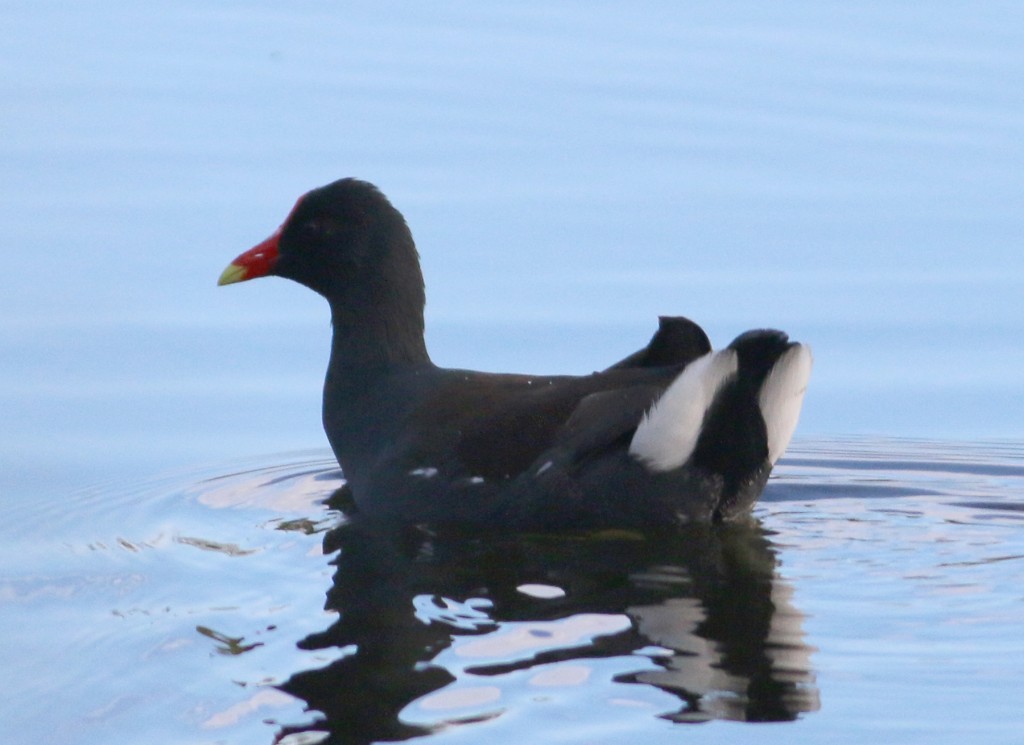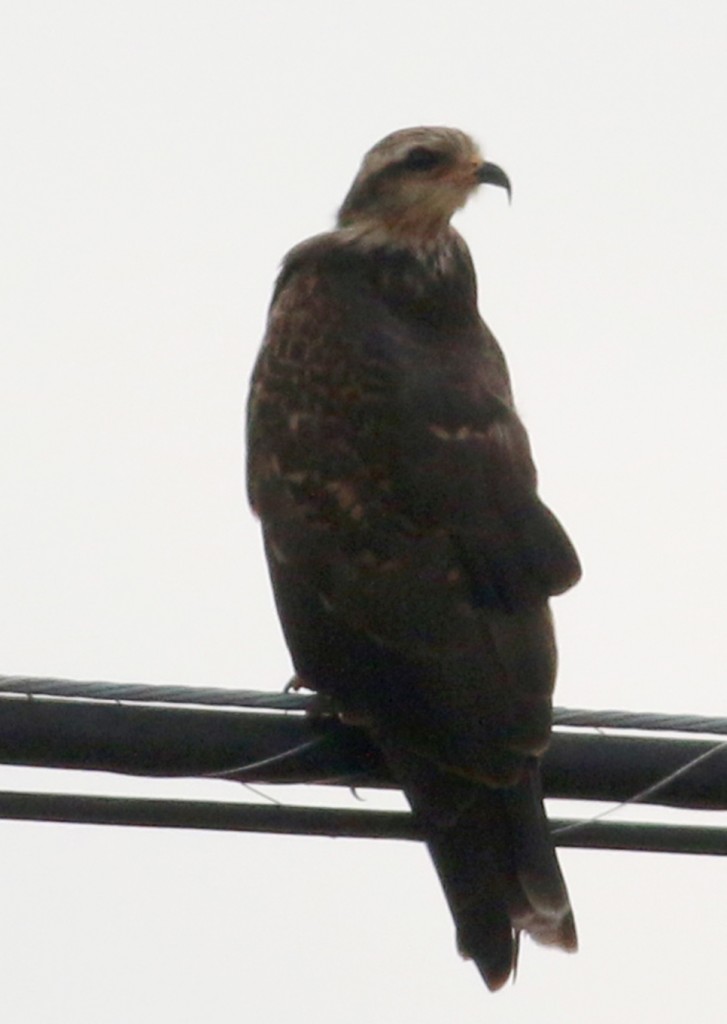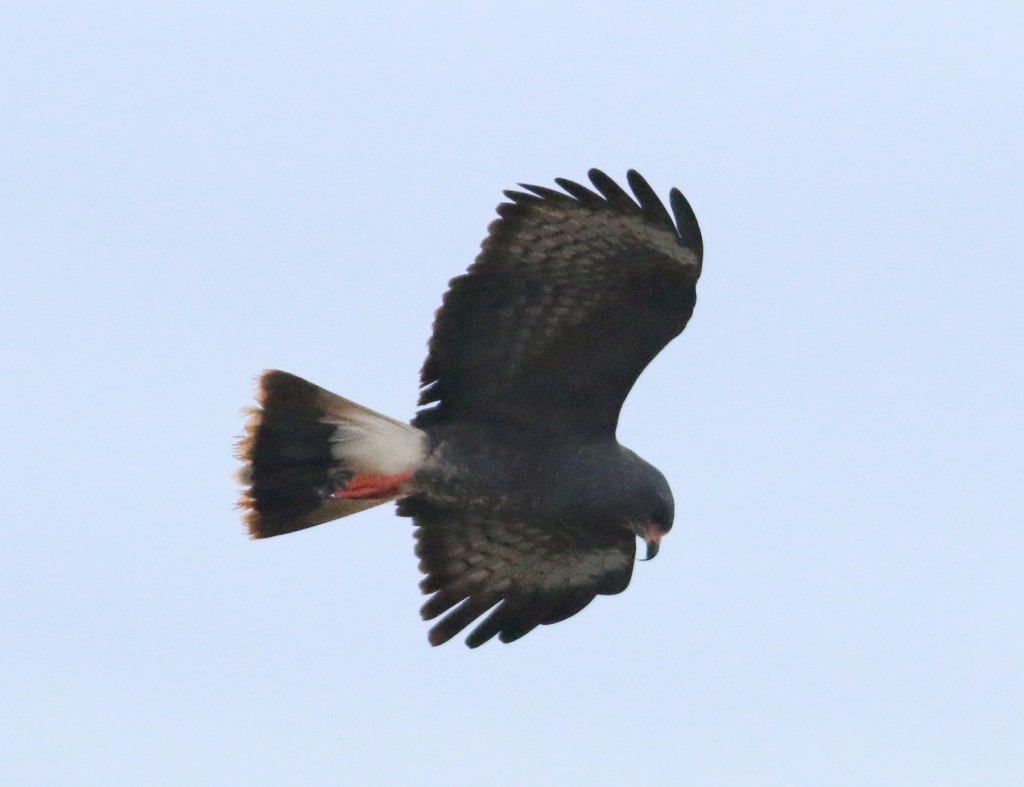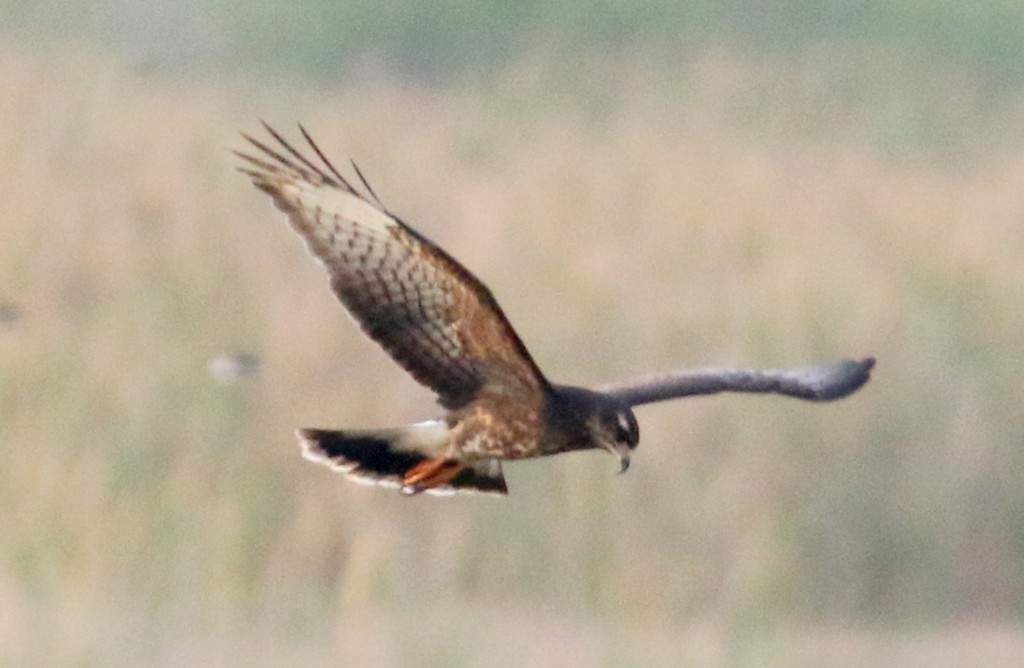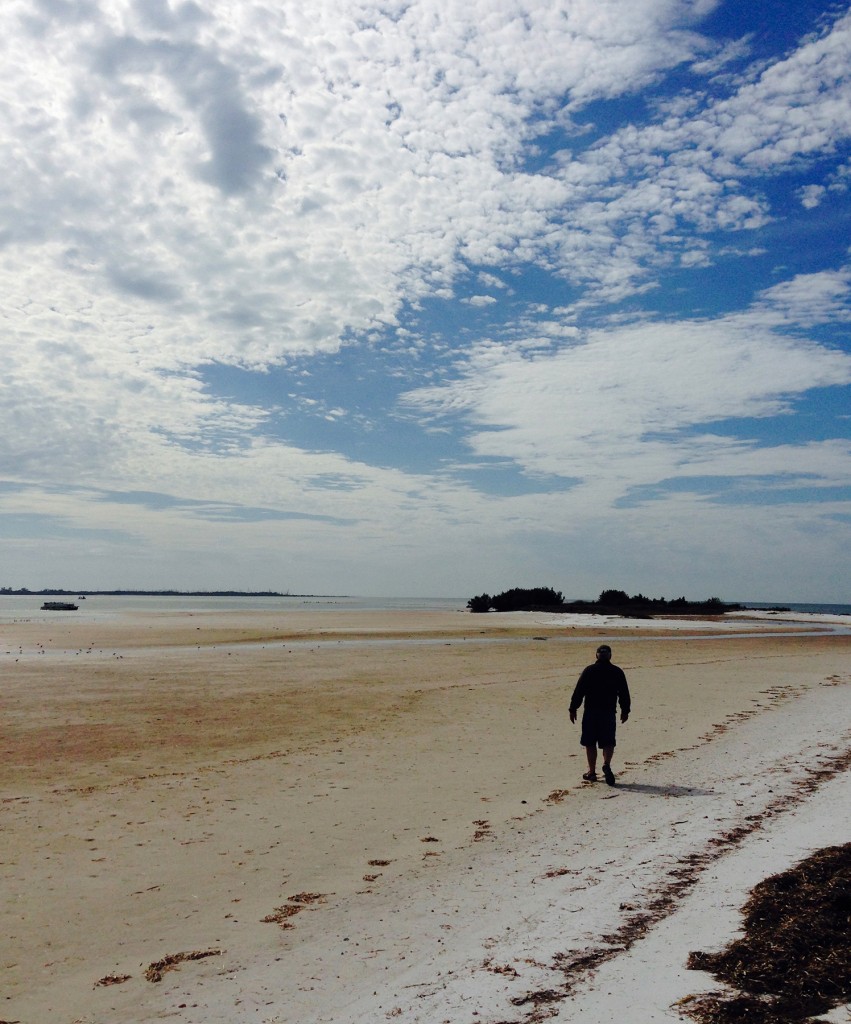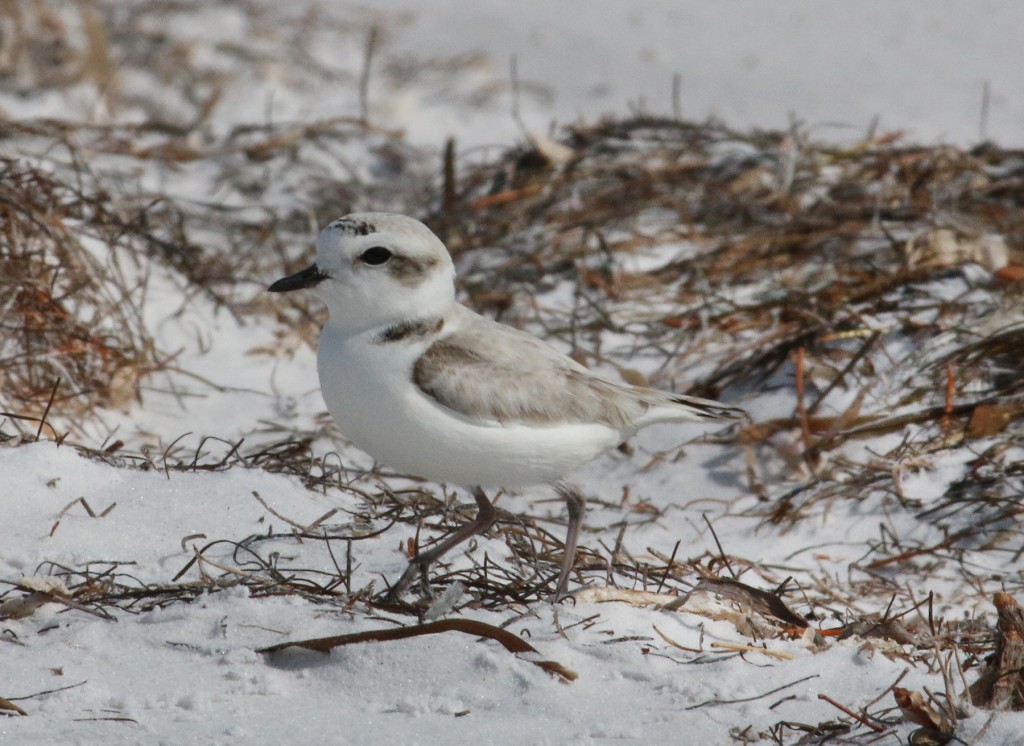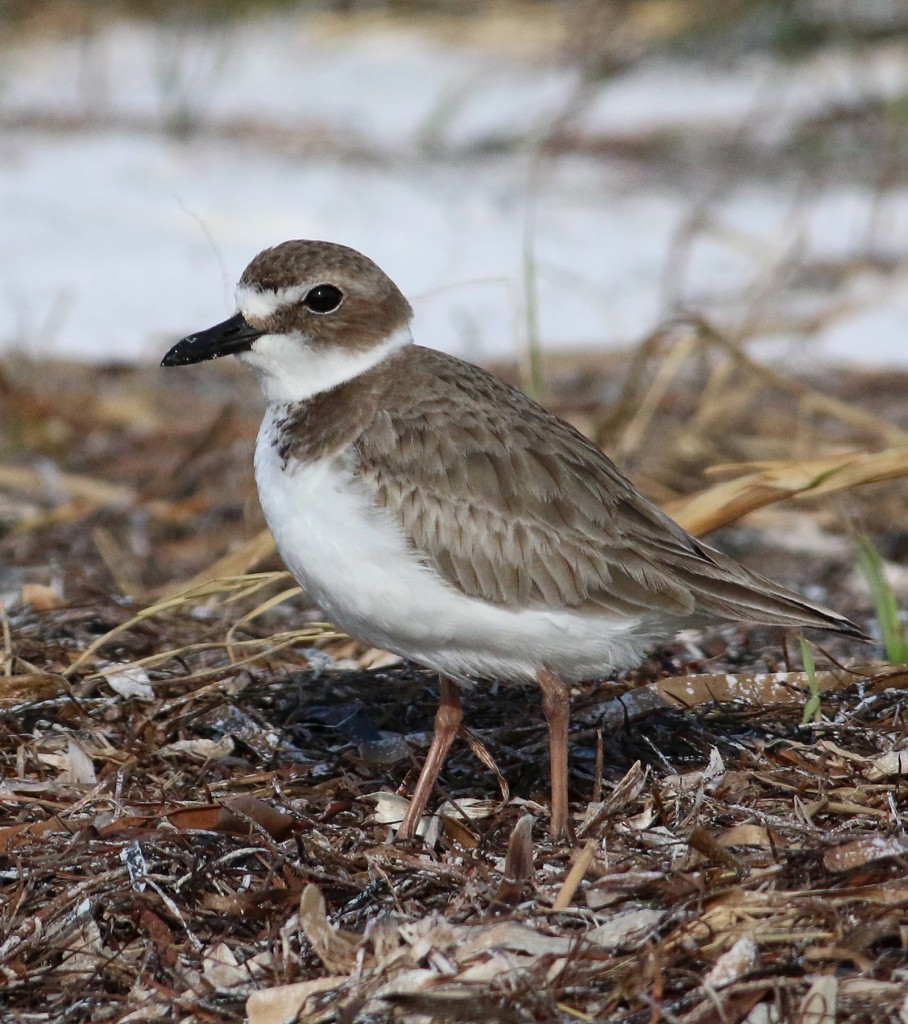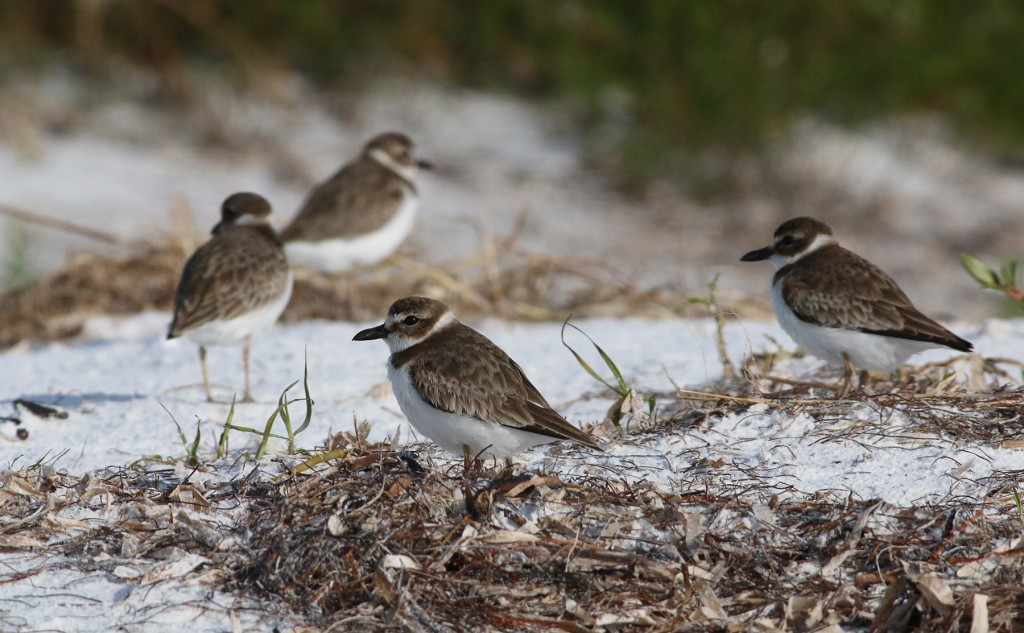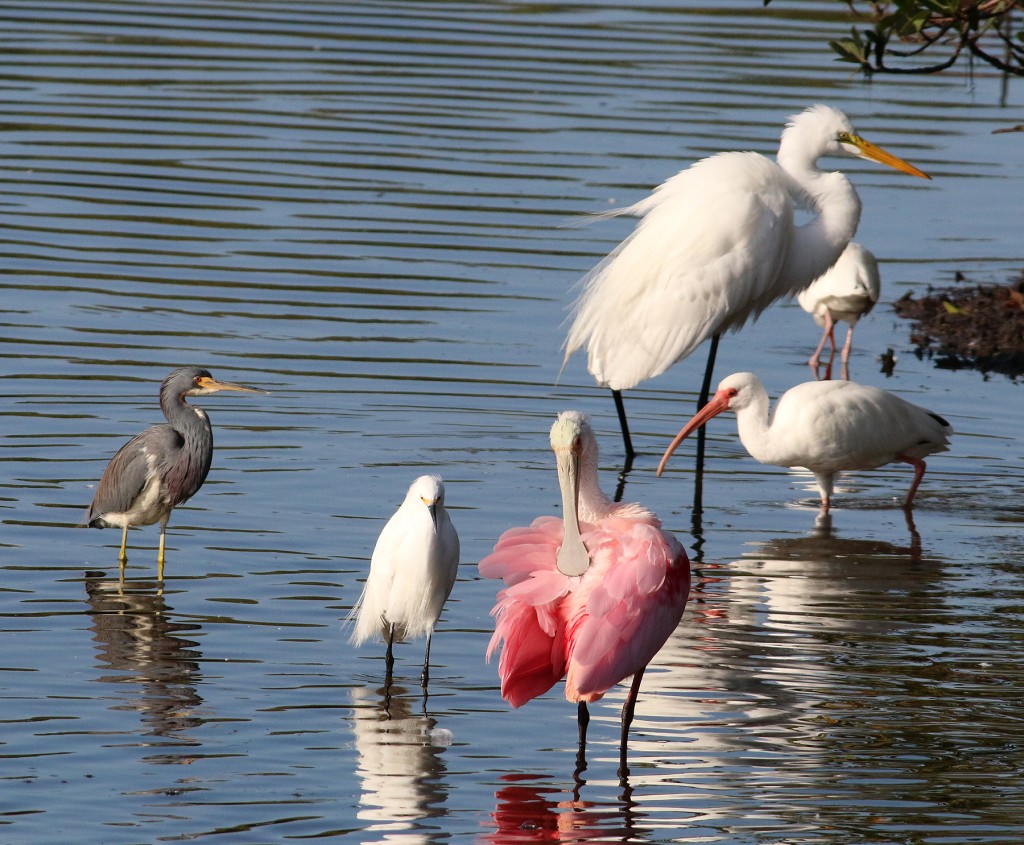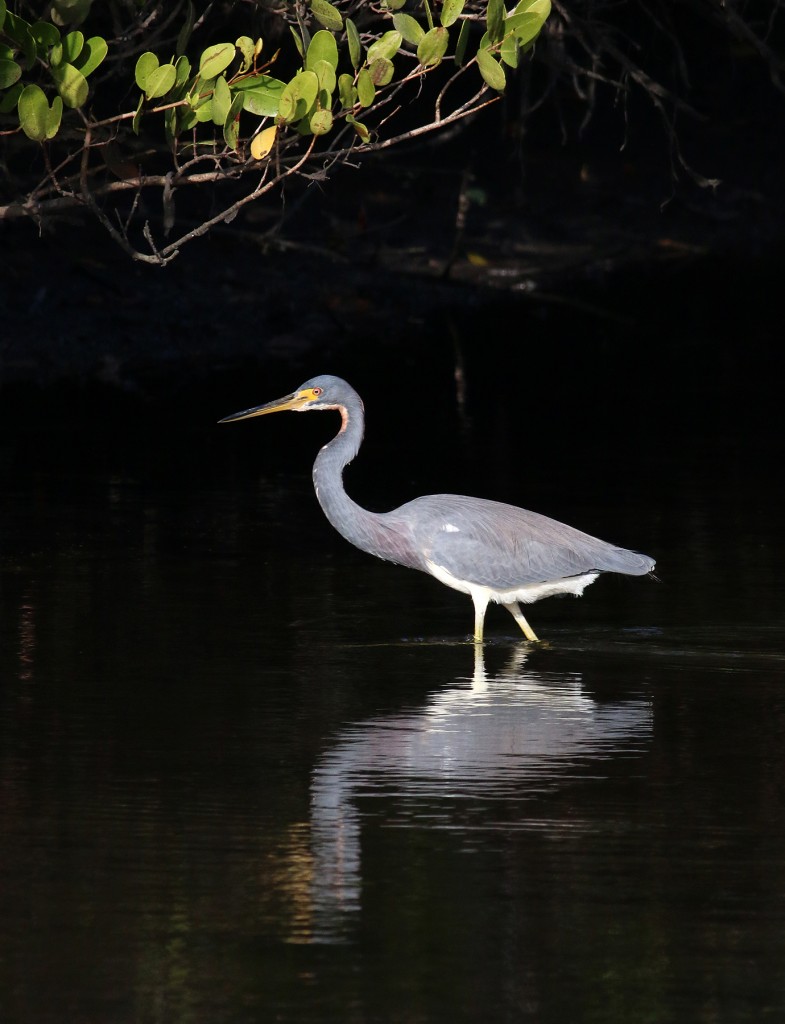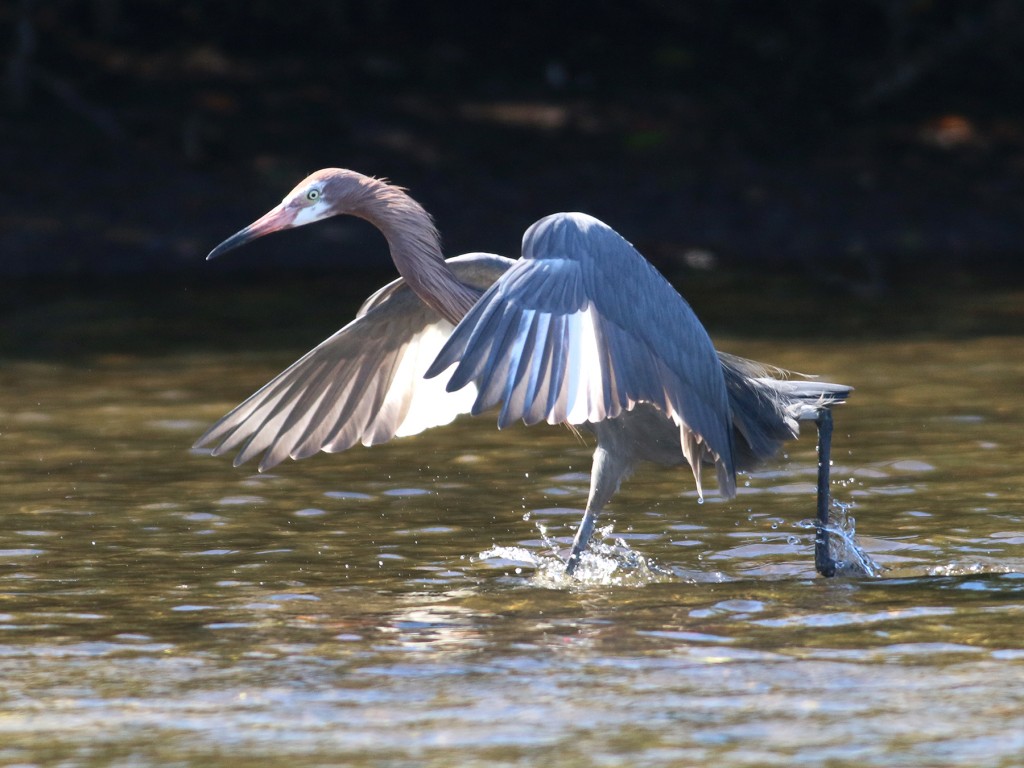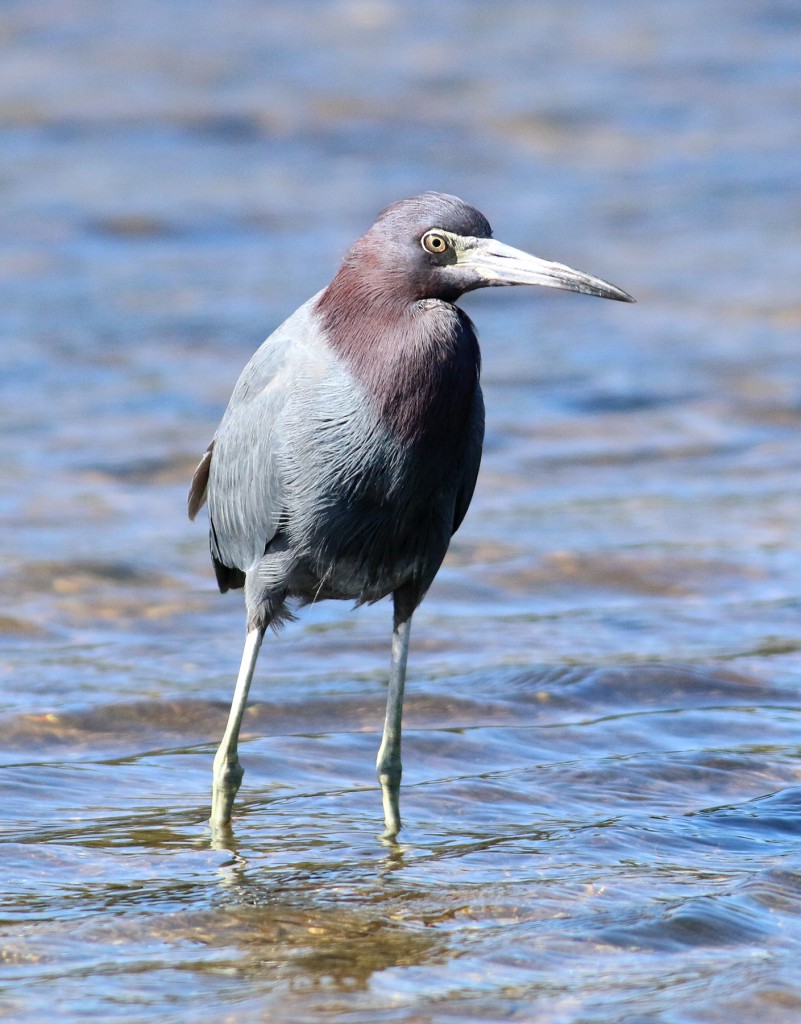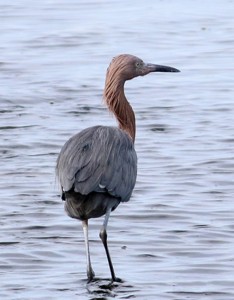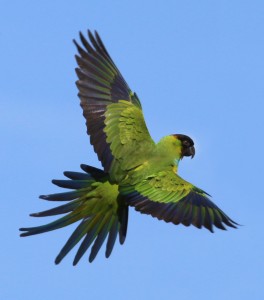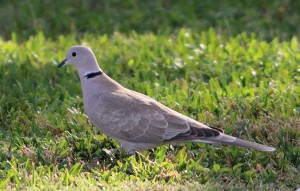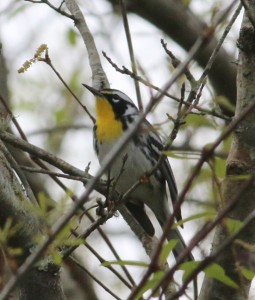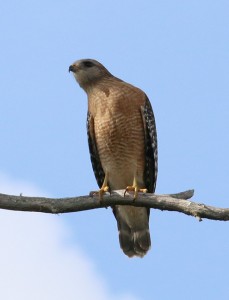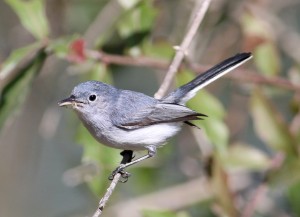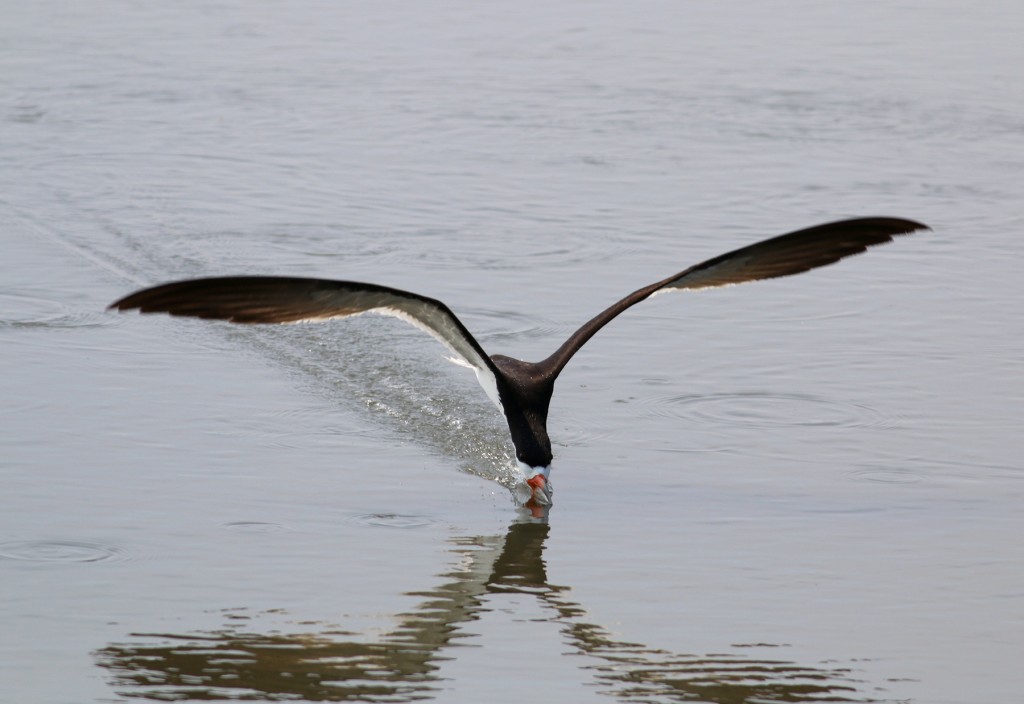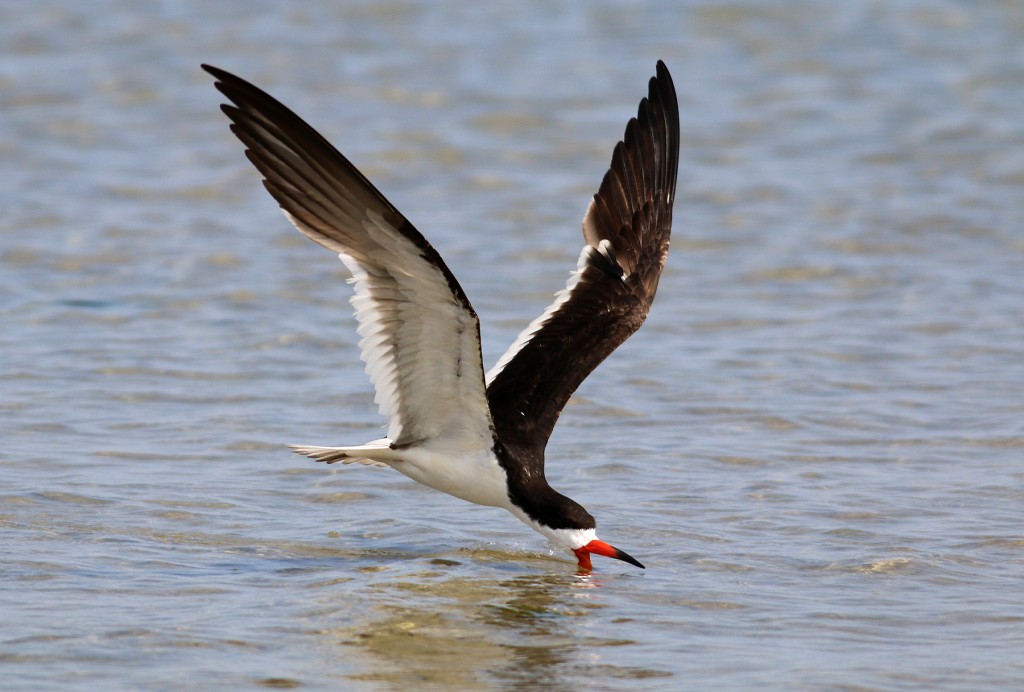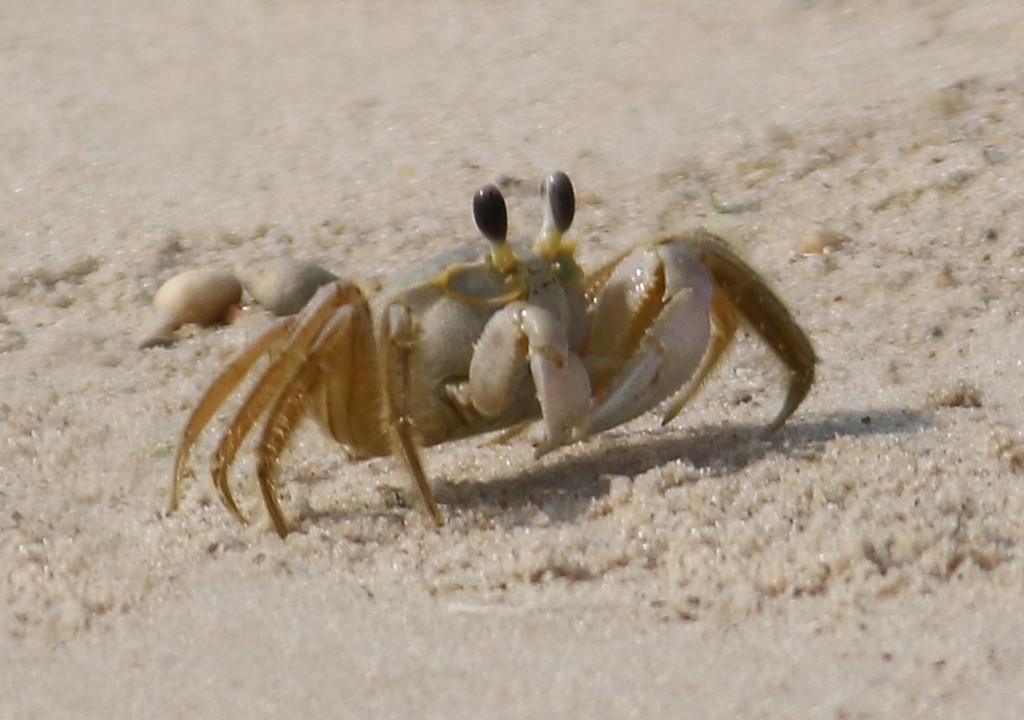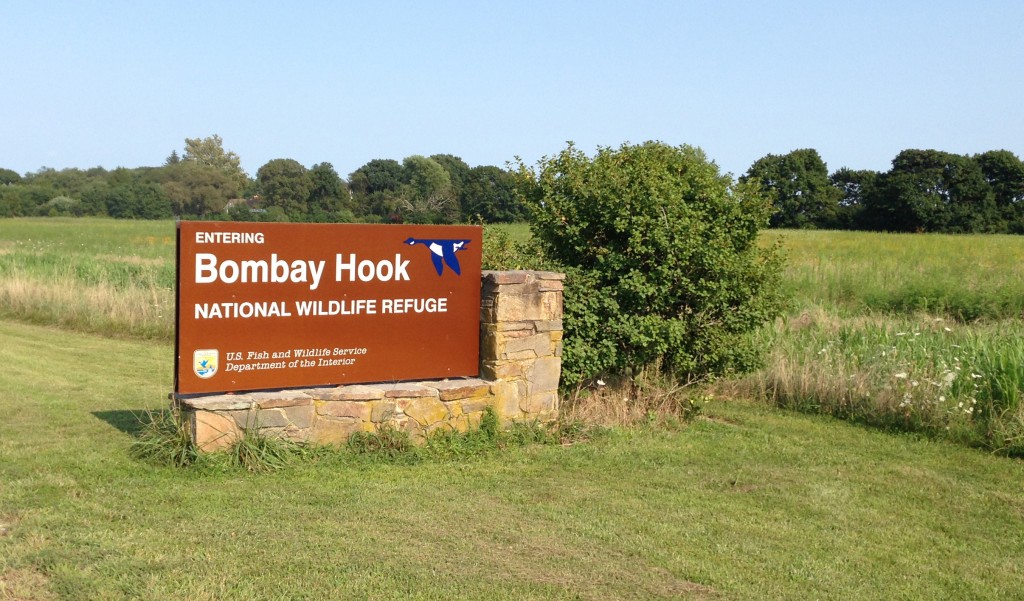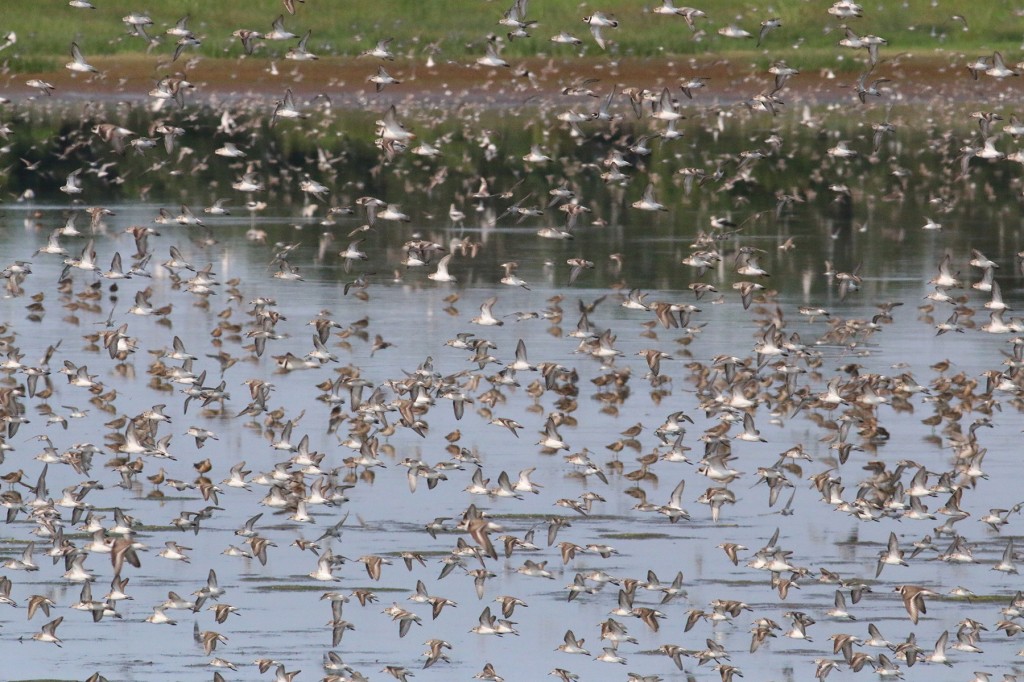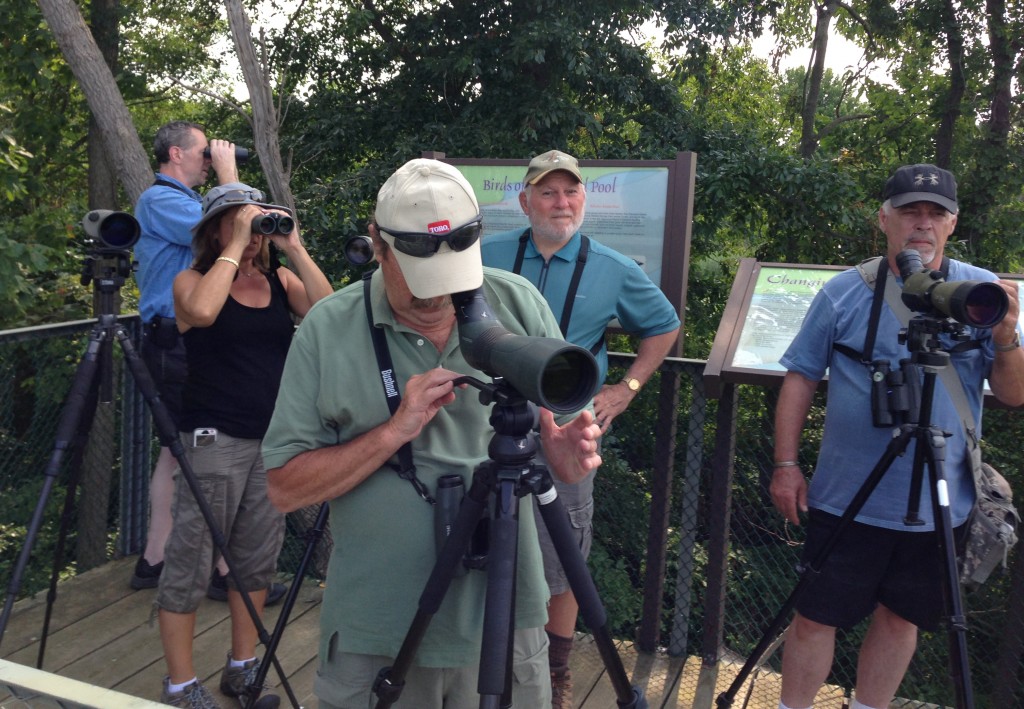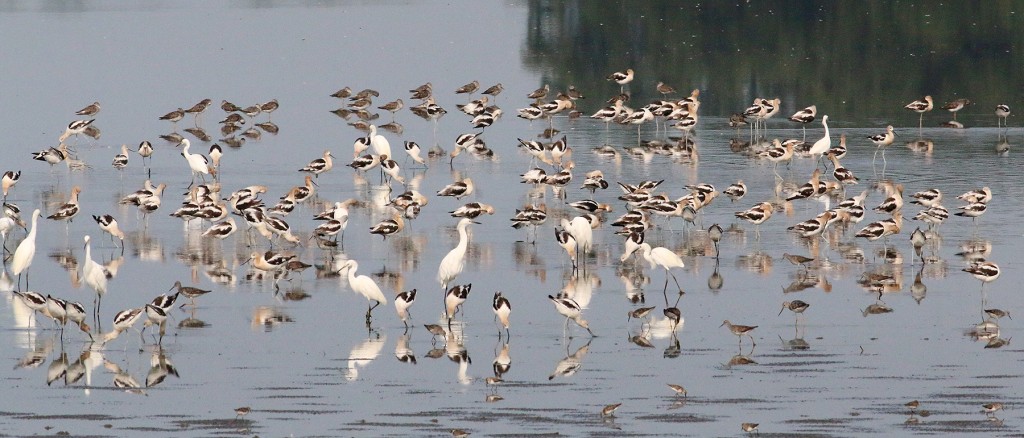Today my brother and I began our first birding trip to Trinidad and Tobago. For those of you who might be considering taking such a trip yourself, let’s start with a brief introduction. Trinidad and Tobago is a single country that consists of two major islands that are separated from each other by only ~23 miles, with Trinidad being only ~7 miles from Venezuela at its closest point. The standard and apt description is that T&T is culturally part of the West Indies, but geographically is an extension of South America. T&T is often suggested to be an excellent choice for northern birders who are interested in taking their first birding foray into the tropics, because although T&T has families of tropical birds such as manakins, parrots, trogons, antbirds, woodcreepers, tityras, and jacamars, there are fewer members of each family than would be seen in locations such as Columbia or Brazil, countries whose birdlife diversity can be overwhelming. This was not our first trip to the tropics, but I agree wholeheartedly with that assessment.
Although I have grown to enjoy trips to off-the-radar birding locations and using local expertise instead of the higher-priced birding lodges and guide services, for this trip we decided to simply use one of the many birding packages offered by Caligo Ventures, the booking agent for the Asa Wright Nature Center in Trinidad and a few Tobago partners. We flew direct from JFK to Port-of-Spain Trindad and then took a short 15-minute connecting flight to Tobago. We stayed at the Blue Waters Inn on the far eastern coast of the island, a 1 1/2 hr. drive from the Tobago airport. A great thing about visiting a new country is that the first couple new life birds are easy, picked up in the airport or driving to the lodgings, or while walking to your room. We were tired but energized at the same time, but were able to see species like Saffron Finch in the Piarco Airport and Magnificent Frigatebirds en route to the Inn, confirming that we were no longer in New Jersey.
Amazingly, the first bird seen at the Inn was an Audubon’s Shearwater that was nearly on the shore. We suspect that this was a young or exhausted bird, because the next morning we found it on the lawn of the inn, hidden in the shelter of the Inn’s leeward side, out of the buffeting winds.
The grounds of the inn, although not extensive or varied, allowed views of Trinidad Motmot, Barred Antshrike, Rufous-vented Chachalacas, Spectacled Thrushes, White-fringed Antwrens, and more. It was a day of traveling and transferring, and not much birding, but what we saw was already encouraging.
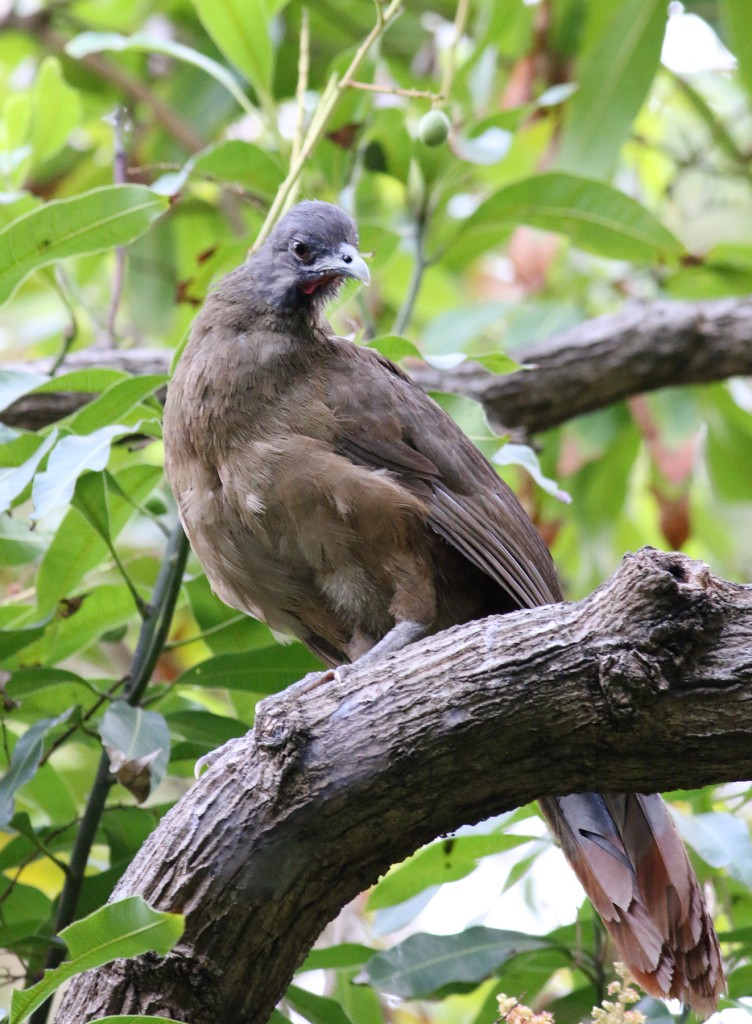
Rufous-vented Chachalaca, the national symbol of Tobago. We saw up to six of them on the grounds at the inn.
To view the entire photo collection from this trip, visit my Flickr site: https://www.flickr.com/photos/14037210@N06/sets/72157655480484206
